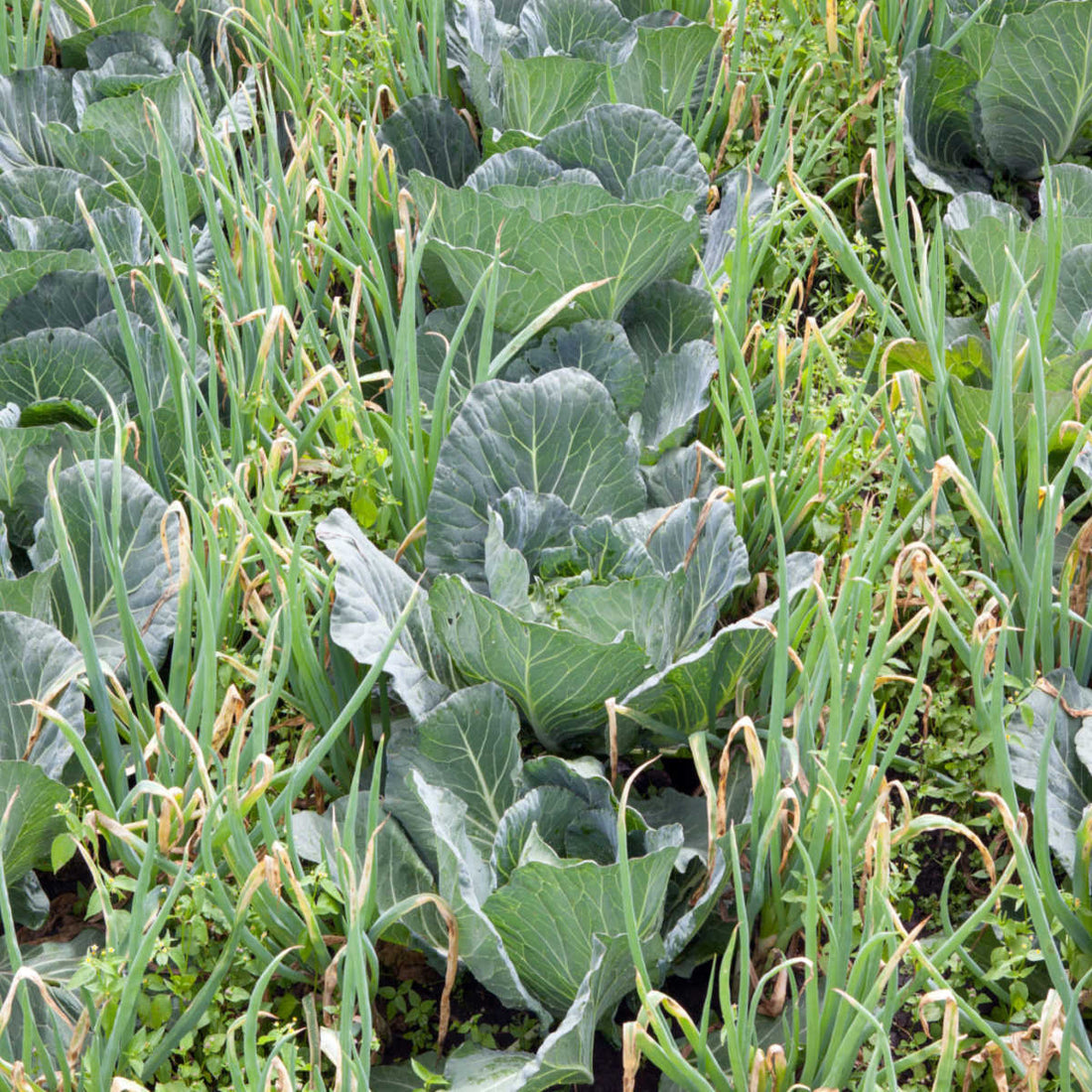Companion planting means growing plants that benefit each other together. Although one rarely heard about companion planting twenty years ago, it has gained a lot of popularity in more recent years. That’s not to say that it’s a new thing. In fact, the idea goes back into the mists of time as early farmers experimented with growing crops together.
Possibly one of the oldest examples is the “three sisters” combination of beans, corn, and squash. Native Americans found that the three made a perfect combination. The corn provided light shade for the squash and a support for climbing beans. The beans enriched the soil for the corn and squash, and the creeping squash formed a living mulch that helped to keep the soil moist and suppressed weeds.
Some companion planting tips are absolutely logical and there’s evidence that they do work. Others are based on folk knowledge and may or may not work for you. However, it does make sense to try companion planting to see whether it helps to amp up your garden’s performance.
So, Why Should Some Plants Benefit Each Other When Grown Together?
There are many possible reasons why companion planting might work for you. It could be that certain companions don’t compete as much for nutrients. Companions may also be recommended since they repel pests from their yummy-looking neighbours, or they might not tend to suffer from similar plant diseases and be less likely to infect each other should one occur.
Sometimes, they’re recommended because they modify the micro-environment. For example, they may make light shade that benefits the crop planted beneath them. For fruit and seed crops, companions may be there to attract pollinators. Tall, relatively sturdy plants like corn could even be used as companions because they offer a living trellis for their neighbours to climb up, while plants that creep along the ground can act as a type of mulch that helps keep weeds down.
Of course, there are also the legumes which fix nitrogen from the air, benefitting nearby leafy crops, and so on. There are even companions that are said to improve flavour, for example, a combination of carrots and chives is believed to make the carrots tastier. But be careful. What works for carrots may not work for other crops! Lettuces and members of the onion family, including chives, should not be planted near each other!
Some companion planting ideas have been well-researched and are fully understood, while others are based on individual experience and hearsay and we’re not sure why they work or even if they will work for everyone.
Just as some plants are able to help their neighbours, there are plant combinations it would be wisest to avoid. For example, potatoes and tomatoes are susceptible to the same species of blight and if one becomes infected, the other will soon follow.There are even plants that will suppress the growth of their neighbours to ensure their own success, and it would be best to plant these away from other crops. Fennel is a good example. Grow it on its own. It’s a loner!
Closely related crops like chard and beet are also poor companions. Your veggie garden’s diversity helps to make it less of a target for hungry pests and pathogens, but if you plant close family together, you may as well have gone for a monoculture.
Not Just Veggies and Veggies
While some vegetable species are good companions for others, there are also flowers and herbs that can be beneficial to your veggie garden. Some of them are real generalists, benefitting just about anything with which they’re planted.
Marigolds are an excellent example and are my favourite all-rounder companion. Tests have shown that they really can help against aphids and certain egg-laying moths because of their odour. Tests showed that volatile oils of marigolds suppress aphid breeding.
However, you may have heard that marigolds attract thrips. They do, but here’s the good news. The little insects actually prefer the marigolds and will attack them rather than nearby crop plants. On top of that, marigolds attract pollinators, making your nearby crops more likely to get beneficial visitors. Some sources also note that they provide a haven for beneficial insects. Many fragrant herbs have a similar effect to marigolds and serve as good “guardian” plants. Basil, for example, is a good all-rounder, but other strongly fragrant herbs will also help. As one herb expert once told me: “The smellier the better!”
Grow What With What?
If all of this has made you eager to investigate companion planting in greater detail, you might be hoping for a complete list right here. But it’s a big subject. Entire books have been written about companion planting.
We do make some companion planting info available to our customers when we can track down recommendations, so it may be best to tackle this topic a bit at a time, testing out various companions to find out what works well in your garden. Sometimes, you’ll be convinced that a combination works, while at others, you might find results inconclusive. Either way, it can’t hurt to try!

